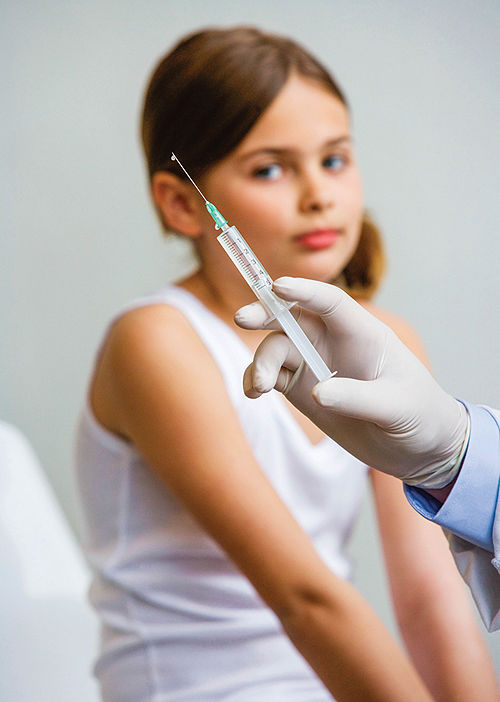School-aged kids who catch colds or the flu from their classmates can quickly spread those colds to their family members, who then might spread the colds further when they go to work. Preventing the spread of colds and flu at school is a team effort that requires the assistance of not just parents, but also teachers and students. Still, parents might be the first line of defense when it comes to preventing the spread of cold and flu at school.
According to the U.S. Centers for Disease Control and Prevention, more than 38 million school days are lost to the flu each year. Those lost days can affect students who miss lesson plans, but also affect parents, who often must take days off from work to tend to their sick children.
While there’s no way for parents to guarantee their children won’t catch a cold or the flu this school year, they can take various preventive measures to increase kids’ chances of staying healthy and achieving perfect attendance.
· Make sure kids are immunized and that their immunizations are current. Vaccinations bolster kids immune systems. That’s important, as kids’ immune systems are naturally less mature than adults’, making them more vulnerable to germs and viruses. The CDC recommends that adults and children receive their flu vaccinations in October while noting that such vaccinations can be administered as late as January and still prove effective. The CDC also recommends that adults and children receive flu vaccinations each year. Additional vaccinations may not need to be administered as often, but parents should still ensure kids’ are up-to-date with their shots.
· Make sure kids regularly wash their hands. Kids often catch colds by rubbing their hands that have been exposed to cold virus germs on their noses or eyes. To prevent that, parents can teach kids to wash to their hands thoroughly, including scrubbing the backs of their hands, between their fingers and around their fingernails. Kids should know to wash their hands regularly, but especially after they use the bathroom and before they eat, drink or touch their mouths, noses or eyes.
· Keep kids home when they are sick. Parents don’t want their children to miss school, but kids who are suffering from colds or flu should be kept home. This prevents the spread of colds and flu to classmates and teachers, and time to rest at home may help youngsters recover more quickly.
· Teach kids to avoid common germ spots. Germs can be lurking anywhere, but some spots seem to make more welcome homes for germs than others. Studies have shown that kids were most likely to encounter germs in schools on water fountain spigots and on plastic cafeteria trays. Teach kids to never put their mouths on fountains and to avoid eating any food that might fall onto their trays in the cafeteria.
School-aged children are susceptible to colds and flu when spending time in the classroom. But parents can reduce their youngsters’ cold and flu risk in various ways
MEDICAL FOCUS: Reduce kids’ risk of getting colds at school

Child Immunization
